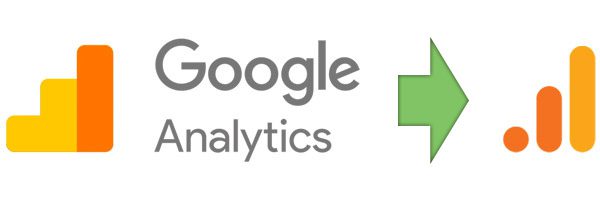In July 2023, Google Analytics 4 will be analytics property default, taking place to the Universal Analytics. It means that all online campaigns will be submitted for new analytics platform rules, from the GA4.
WHAT CHANGES WITH GA4?

According to Google, the GA4:
- Uses event-based data instead of session-based;
Events allow you to measure distinct user interactions on a website or app. For example, loading a page, clicking a link, buying a certain product, etc.
- Includes privacy controls such as cookieless measurement and behavioral and conversion modeling;
In GA4, IP Anonymisation is enabled by default and cannot be switched off. This means that GA4 will not store the IP addresses of users and could not track users.
- Collects both website and app data to better understand the customer journey;
Universal Analytics tracks screen views in separate mobile-specific properties, whereas GA4 combines both web and app data in the same property. The idea behind aggregated data is to better understand the user journey through platforms. This aggregation will help companies get a clearer picture of the overall value of their online presence.
GA4 is based on two main things: machine learning and data visualization. So, you will encounter more predictive analytics, insights, and the like, as well as more graphs and charts.
As we can see, GA4 has an entirely different data model as compared to Universal Analytics. Thus, understanding and setting up a campaign properly can be time-consuming, and some can find the new design of GA4 more challenging to navigate.
But, still, it is a versatile platform, bringing consumer behaviour analysis to another level.
And we are thrilled to offer more details and plans to set up your online campaign according to GA4 with no hassle.

